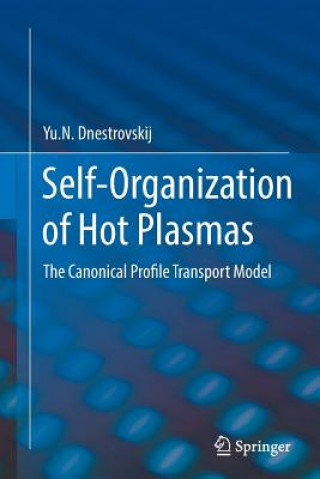
Kod: 14277544
Self-Organization of Hot Plasmas
Autor Yu. N. Dnestrovskij
In this monograph the author presents the Canonical Profile Transport Model or CPTM as a rather general mathematical framework to simulate plasma discharges. The description of hot plasmas in a magnetic fusion device is a very ch ... więcej
- Język:
 Angielski
Angielski - Oprawa: Miękka
- Liczba stron: 134
Wydawca: Springer International Publishing AG, 2016
- Więcej informacji o książce

Zobacz książki o podobnej tematyce
-

Rainbow Magic: Debbie the Duckling Fairy
29.99 zł -

My Brother's Keeper
179.61 zł
Podaruj tę książkę jeszcze dziś
- Zamów książkę i wybierz "Wyślij jako prezent".
- Natychmiast wyślemy Ci bon podarunkowy, który możesz przekazać adresatowi prezentu.
- Książka zostanie wysłana do adresata, a Ty o nic nie musisz się martwić.
Więcej informacji o Self-Organization of Hot Plasmas
Za ten zakup dostaniesz 329 punkty
 Opis
Opis
In this monograph the author presents the Canonical Profile Transport Model or CPTM as a rather general mathematical framework to simulate plasma discharges. The description of hot plasmas in a magnetic fusion device is a very challenging task and many plasma properties still lack a physical explanation. One important property is plasma self-organization. It is very well known from experiments that the radial profile of the plasma pressure and temperature remains rather unaffected by changes of the deposited power or plasma density. The attractiveness of the CPTM is that it includes the effect of self-organization in the mathematical model without having to recur to particular physical mechanisms. The CPTM model contains one dimensional transport equations for ion and electron temperatures, plasma density and toroidal rotation velocity. These equations are well established and in fact are essentially a reformulation the laws of energy, particle and momentum conservation. But the expressions for the energy and particle fluxes, including certain critical gradients, are new. These critical gradients can be determined using the concept of canonical profiles for the first time formulated in great detail in the book. This concept represents a totally new approach to the description of transport in plasmas. Mathematically, the canonical profiles are formulated as a variational problem. To describe the temporal evolution of the plasma profiles, the Euler equation defining the canonical profiles is solved together with the transport equations at each time step. The author shows that in this way it is possible to describe very different operational scenarios in tokamaks (L-Mode, H-Mode, Advanced Modes, Radiating Improved Modes etc...), using one unique principle. The author illustrates the application of this principle to the simulation of plasmas on leading tokamak devices in the world (JET, MAST, T-10, DIII-D, ASDEX-U, JT-60U). In all cases the small differences between the calculated profiles for the ion and electron temperatures and the experimental is rather confirm the validity of the CPTM. In addition, the model also describes the temperature and density pedestals in the H-mode and non steady-state regimes with current and density ramp up. The proposed model therefore provides a very useful mathematical tool for the analysis of experimental results and for the prediction of plasma parameters in future experiments.
 Szczegóły książki
Szczegóły książki
Kategoria Książki po angielsku Mathematics & science Physics Materials / States of matter
564.34 zł
- Pełny tytuł: Self-Organization of Hot Plasmas
- Podtytuł: The Canonical Profile Transport Model
- Autor: Yu. N. Dnestrovskij
- Język:
 Angielski
Angielski - Oprawa: Miękka
- Liczba stron: 134
- EAN: 9783319357119
- ISBN: 3319357115
- ID: 14277544
- Wydawca: Springer International Publishing AG
- Waga: 321 g
- Wymiary: 235 × 155 × 8 mm
- Data wydania: 17. September 2016
Ulubione w innej kategorii
-
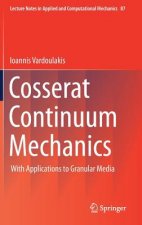
Cosserat Continuum Mechanics
375.55 zł -

Quantum Field Theory for the Gifted Amateur
231.77 zł -
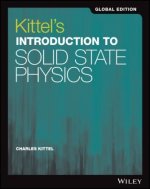
Kittel's Introduction to Solid State Physics
314.63 zł -3 % -

Quantum Field Theory for the Gifted Amateur
543.09 zł -
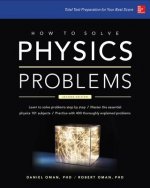
How to Solve Physics Problems
149.61 zł -5 % -

Condensed Matter Physics 2e
769.74 zł -
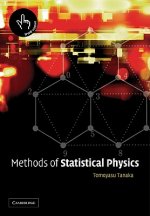
Methods of Statistical Physics
290.17 zł -5 % -
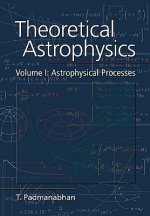
Theoretical Astrophysics: Volume 1, Astrophysical Processes
546.62 zł -

Many-Body Quantum Theory in Condensed Matter Physics
529.20 zł -

Condensed Matter Field Theory
511.48 zł -

Electronics for Guitarists
229.96 zł -4 % -

Structure Analysis by Small-Angle X-Ray and Neutron Scattering
681.23 zł -

Basics of Crystallography and Diffraction
341.42 zł -

Plasma Physics and Fusion Energy
547.52 zł -

Phase Change Materials
1139.36 zł -
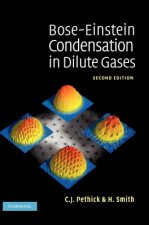
Bose-Einstein Condensation in Dilute Gases
567.56 zł -

Space Physics
441.30 zł -

Introduction to the Atomic and Radiation Physics of Plasmas
381.29 zł -

Basic Aspects of the Quantum Theory of Solids
395.99 zł -

Science and Engineering of Casting Solidification
463.15 zł -

Optical Properties of Solids
216.87 zł -

Solid Propellant Rockets
199.25 zł -

Ultracold Atoms in Optical Lattices
639.45 zł -
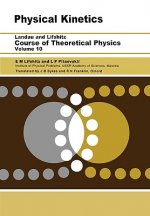
Physical Kinetics
291.98 zł -10 % -

Tokamaks
1972.34 zł -
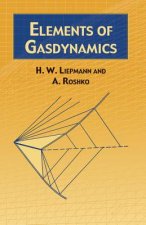
Elements of Gas Dynamics
125.44 zł -4 % -
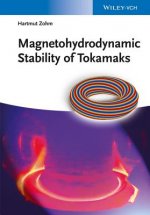
Magnetohydrodynamic Stability of Tokamaks
696.84 zł -

Principles of Plasma Diagnostics
546.62 zł -

Electrochemistry at Semiconductor and Oxidized Metal Electrodes
731.98 zł -

Solid State Physics
446.64 zł -

Turbulent Transport in Magnetized Plasmas
1002.72 zł -
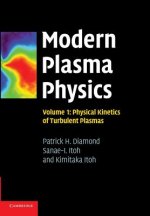
Modern Plasma Physics: Volume 1, Physical Kinetics of Turbulent Plasmas
327.72 zł -
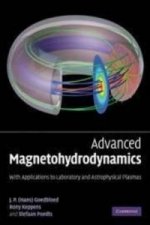
Advanced Magnetohydrodynamics
327.02 zł -

Modern Classical Optics
216.87 zł -

Electron Backscatter Diffraction in Materials Science
1221.11 zł -
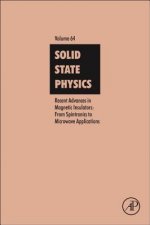
Recent Advances in Magnetic Insulators - From Spintronics to Microwave Applications
1037.36 zł -
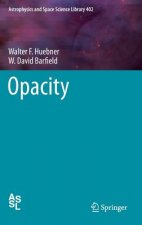
Opacity
1546.83 zł -

Theory Of Toroidally Confined Plasmas, The (Third Edition)
470.30 zł -
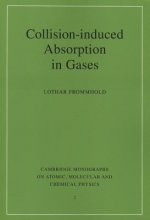
Collision-induced Absorption in Gases
459.12 zł -

Indispensable Truth
451.97 zł -
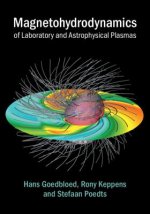
Magnetohydrodynamics of Laboratory and Astrophysical Plasmas
483.48 zł -30 % -

Confocal Raman Microscopy
1273.37 zł -

Magnetism in Condensed Matter
216.87 zł -

String Theory Methods for Condensed Matter Physics
448.55 zł -

Principles of Laser Spectroscopy and Quantum Optics
677.41 zł -

Modern Introduction to Quantum Field Theory
216.87 zł -

Ab Initio Molecular Dynamics
259.76 zł -

Art of Molecular Dynamics Simulation
712.04 zł -

Optically Polarized Atoms
560.71 zł
zadowolonych klientów
Od roku 2008 obsłużyliśmy wielu miłośników książek, ale dla nas każdy był tym wyjątkowym.
Copyright! ©2008-24 libristo.pl Wszelkie prawa zastrzeżonePrywatnieCookies



 21 milionów książek
21 milionów książek Dostawa 10.99 zł
Dostawa 10.99 zł (32) 444 93 66 (8-15.30h)
(32) 444 93 66 (8-15.30h)